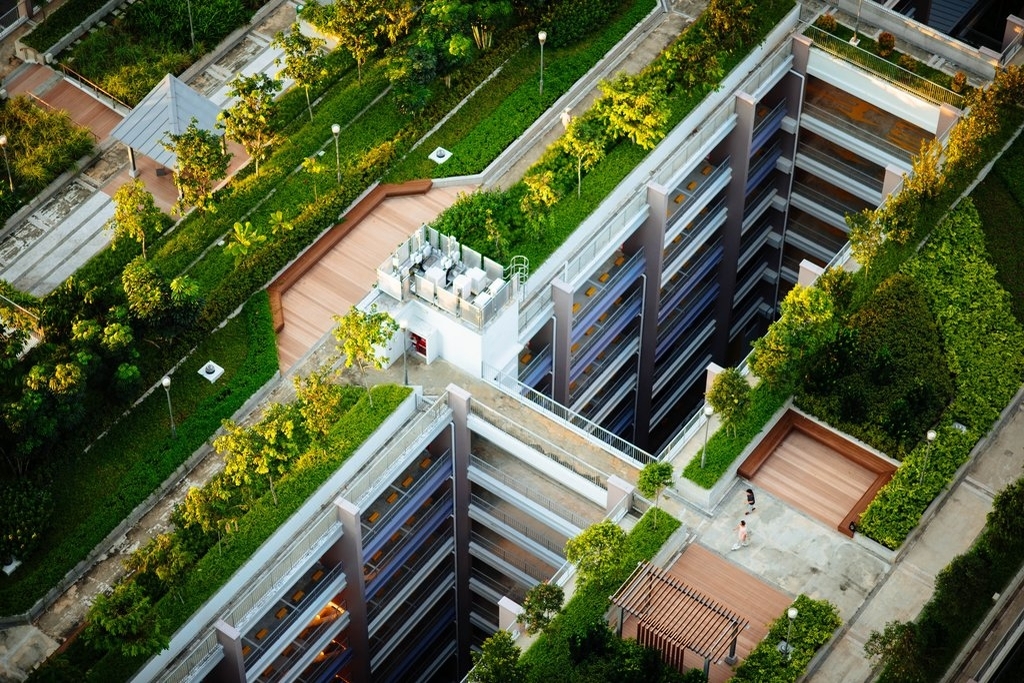Examine This Report on City Blooming
Examine This Report on City Blooming
Blog Article
Some Ideas on City Blooming You Need To Know
Table of ContentsSome Ideas on City Blooming You Need To KnowThe Main Principles Of City Blooming City Blooming Fundamentals ExplainedNot known Factual Statements About City Blooming The smart Trick of City Blooming That Nobody is Talking About
Fascinated in expanding food offer for sale in the City of Chicago? Thinking of beginning an area yard? Changes to the Chicago Zoning Ordinance enable agricultural uses like area yards and city farms in many components of the city. Below is a listing of regularly asked questions relating to the policies and laws that farmers need to take into consideration when intending an urban agriculture job.
The zoning change does not modify any various other codes managing composting, structure licenses, purchasing or leasing City owned residential or commercial property, company licenses or environmental contamination. There are existing codes that regulate these concerns and they stay completely effect and might apply to your job. Area gardens are normally possessed or handled by public entities, civic companies or community-based companies and kept by volunteers.
Urban ranches expand food that is meant to be sold, either on a not-for-profit or for-profit basis. Due to their industrial objective, urban farms need a service certificate.
City Blooming Things To Know Before You Get This
Composting is permitted however just for plant product that is generated and made use of on website. The amount of compost material can not surpass 25 cubic backyards at any type of offered time according to the standards in 7-28-715 of the City's Municipal Code. Yes. Because the dirt at many brand-new garden websites needs changing, garden compost, dirt, wood chips, or other materials can be acquired to create or enhance the growing room - home and garden.

If a building permit is required then the hoophouse will be considered an accessory building. You can discover out more about the structure permit needs by speaking to the Department of Structures. The 25,000-square-foot dimension limit is meant to stop a solitary community yard from dominating an offered block or interfering with the block's existing property or commercial character.
The limit does not apply to gardens located in Public Open Room (POS) districts. Can there be more than one community garden that is 25,000 square feet on a solitary block? Secure fencing is not required, nevertheless, gardens that have big auto parking areas may be required to mount fence or various other landscaping attributes.
How City Blooming can Save You Time, Stress, and Money.
B1 & B2 areas call for that all business use tasks be carried out inside. R areas limit industrial activity. The policies mirror the purpose and intent of the Zoning Code. Is secure fencing required for city ranches? Yes. Fences may be needed, along with landscape design and testing, for certain parking lot and outside work or storage space areas depending on location and the certain task taking location.
Yes. Urban ranches need building licenses and zoning approvals prior to building. Various other forms of city review may be needed relying on specific structures, tasks, size, landscaping, licensing, public health and stormwater management problems. A lot of these needs are recognized in the task design or permitting process, nevertheless, the applicant might be responsible to independently determine specific licenses or allows that may be needed.
Yes. The kind of certificate is figured out by what is taking place at the website. The Division of Service Matters and Consumer Protection can help determine the particular sort of service certificate that's called for. Yes. Off road vehicle parking is required for many business projects in Chicago. The needed number of garage is based on the variety of staff members servicing website and not the square footage of the growing room.
The Greatest Guide To City Blooming

Yes. An urban farm can market garden compost product generated on website, however, the operation should adhere to the regulations in 7-28-715 of the Chicago Municipal Code. Yes. Aquaponic systems are permitted inside on urban ranches in several zoning districts. A zoning review and building authorization is called for in order to mount structures or systems and a company certificate is called for as explained over.
As much as 5 hives or colonies of honey bees may be kept as an accessory use. Beekeepers need to sign up with the Illinois Department of Farming. To learn more about the proposed zoning amendment you might speak to Recommended Site the Department of Real Estate and Economic Development, Bureau of Preparation and Zoning at 312.744.8563.
, which takes location in country areas at the edge of suburbs.
The Buzz on City Blooming
It can entail a movement of natural farmers, "foodies" and "locavores", who look for to form social media networks started on a shared values of nature and community holism. These networks can establish by means of official institutional support, ending up being incorporated right into neighborhood town preparation as a "change community" activity for lasting metropolitan growth.
The extra direct access to fresh veggie, fruit, and meat items that may be become aware via metropolitan agriculture can enhance food safety and food safety and security while reducing food miles, resulting in lower greenhouse gas exhausts, thus adding to climate adjustment reduction. A few of the very first evidence of city farming comes from Mesopotamia.
Report this page